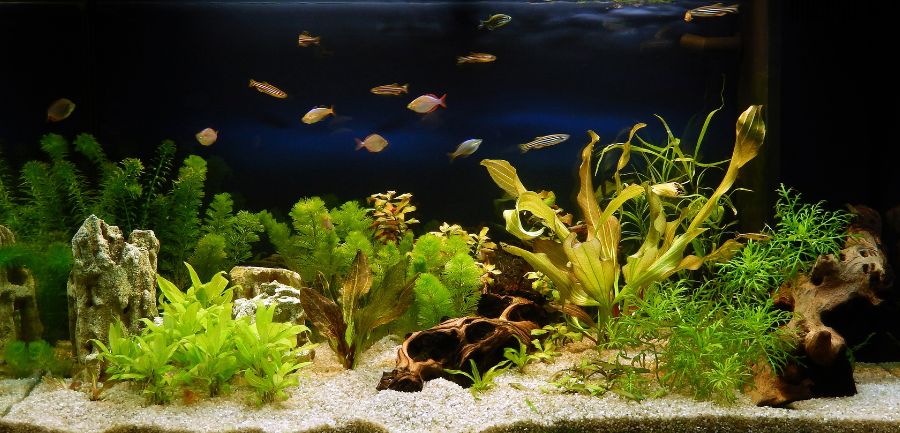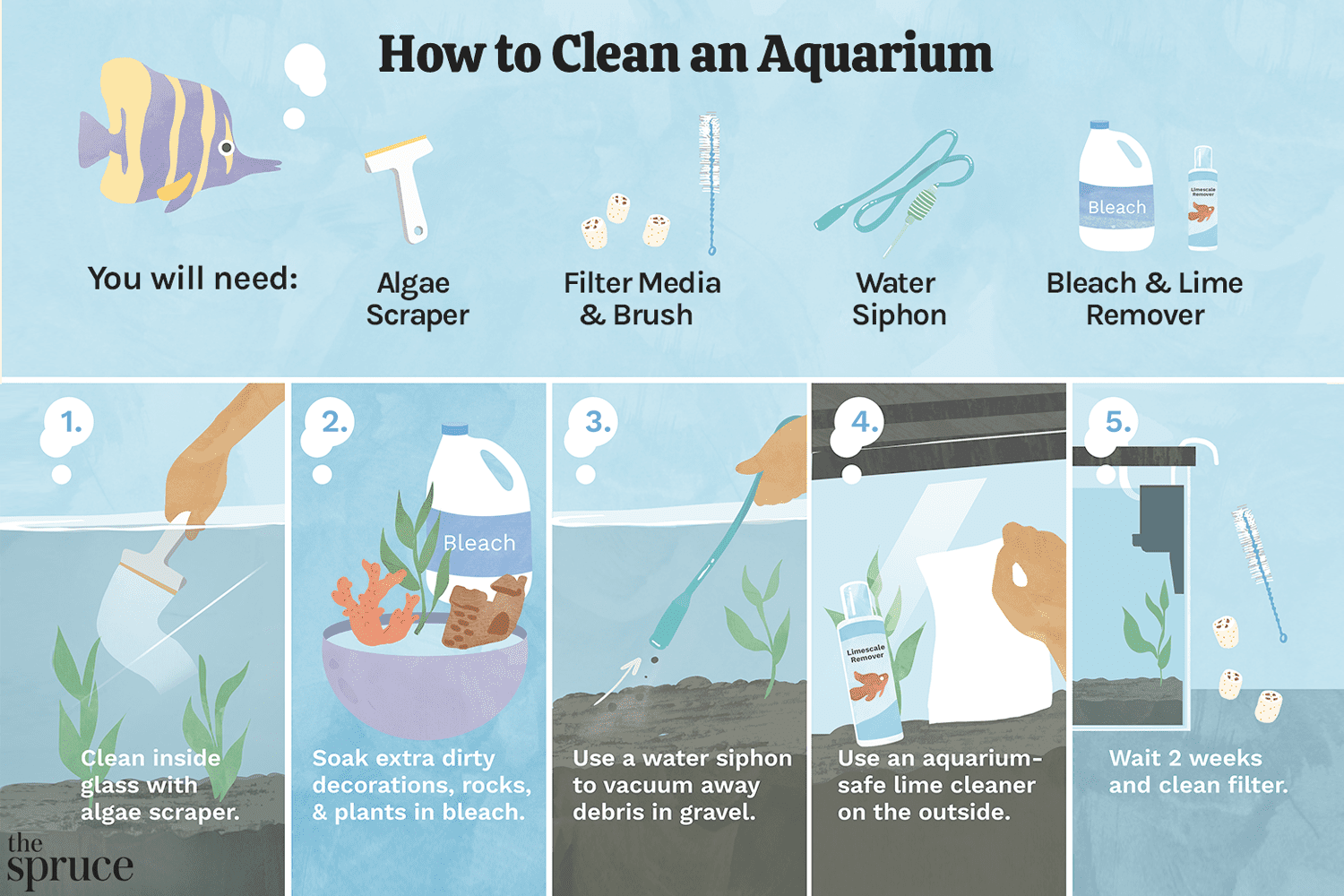Okay, so I’ve been setting up a new fish tank, and I was thinking, “Hey, I’ve got this well on my property. Can I use that water instead of tap water?” I mean, it seems natural, right? Fish live in natural water bodies. So, I did a little experiment, and here’s how it went.
Testing the Waters (Literally!)
First things first, I grabbed a bucket and collected some water from the well. I didn’t just want to dump it straight into the tank. I needed to know what I was dealing with. So, I got myself a water testing kit – the kind you use for pools or drinking water. It checks for things like pH, hardness, nitrates, and other stuff.
I dipped the test strips into the well water and waited for the colors to change. Then, I compared the colors to the chart on the kit. This gave me a good idea of the water’s basic parameters.

The Waiting Game (and Some Adjustments)
Here’s where things got a little tricky. My well water, it turned out, was pretty hard. And the pH was a bit on the high side for what my fish would like. So, I couldn’t just use it straight away.
I decided to let the water sit for a few days. I poured it into a large, clean container and just left it open to the air. This helps some of the dissolved gases escape, kind of like letting tap water sit to get rid of chlorine. Plus a cover to avoid any debris falling in.
After a couple of days, I tested the water again. Some of the parameters had shifted a bit, but the hardness was still high. I did some research (lots of Googling!) and found that you can use water softening pillows or certain types of substrate to help reduce hardness.
- Water softening pillows: These are little pouches you put in your filter, and they absorb minerals that cause hardness.
- Specific substrates: Some types of gravel or sand can actually help buffer the water and keep the pH stable.
- Peat moss: Putting some peat moss in a filter can also help to lower the PH.
Setting Up the Tank
With my well water somewhat adjusted, I started setting up the tank. I added the substrate, some decorations, and the filter (with the water softening pillow inside). Then, I slowly filled the tank with the well water, making sure not to stir up the substrate too much.
I let the tank cycle for a good while – that means letting the beneficial bacteria establish themselves. This is super important for breaking down fish waste. I kept testing the water throughout this process, making small adjustments as needed. It was a bit of a balancing act!
Introducing the Fish (Finally!)
After weeks of cycling and adjusting, the water parameters were finally stable and within a good range for my fish. So, I finally got to add them! I acclimated them slowly, floating their bags in the tank to get them used to the temperature, and then gradually added small amounts of tank water to their bags. This helps them adjust to the new water chemistry.
The Verdict?
So, can you use well water for a fish tank? The answer is: it depends! My well water needed some tweaking, but it worked out in the end. It’s definitely not as simple as just turning on the tap, but if you’re willing to put in the effort to test and adjust, it can be a viable option.

My fish are now doing great in the well water I prepared.















